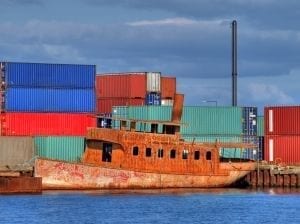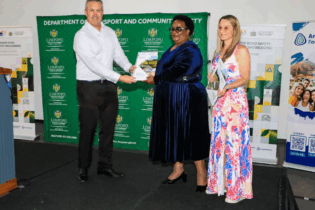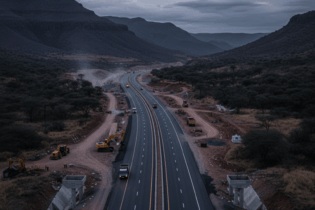The East African region needs a fully functional and efficient rail and water transport network to reach its full international trade potential.
The ports of Mombasa and Dar es Salaam should be given full attention and optimised to operate at the highest level possible. For now, the port of Mombasa is seeing a positive development in the form of a new tax-free container terminal, which will increase its capacity and should facilitate increased trade in the tax-free zone. The port of Dar es Salaam has been trying to persuade Uganda to develop smaller inland infrastructure that will lower the cost of doing business via the port. These developments are welcomed and are necessary, yet they are not being developed at a fast enough pace. Africa’s share of global trade is less than 5%. But more significantly, maritime trade accounts for 92% of Africa’s international trade, which highlights the need for developing both the port and the corresponding rail and water infrastructure.It is widely agreed that railway is the most cost-effective method of transport in Africa. The increased use of railway could drastically decrease the cost of doing business, yet railway receives very little attention and funding.
There are, however, huge rail developments on the continent, most notably Transnet’s R300 billion expansion project in South Africa and the new railway from Mombasa to Kampala that is to be constructed. In East Africa, there is both an energy and railway master plan developed years ago, yet to be fully rolled out.COMESA member states meeting in Kampala recently resolved to fast track the implementation of the joint infrastructure projects of rail, energy and road. Traffic through Mombasa has continued to grow, rising from 9.13 million tonnes in 2000 to 19.93 million tonnes in 2011. This is almost double the capacity of Dares Salaam, yet the two facilities still have room for expansion. Experts contend that the financial obligations needed to kick-start the projects is probably the biggest challenge.








